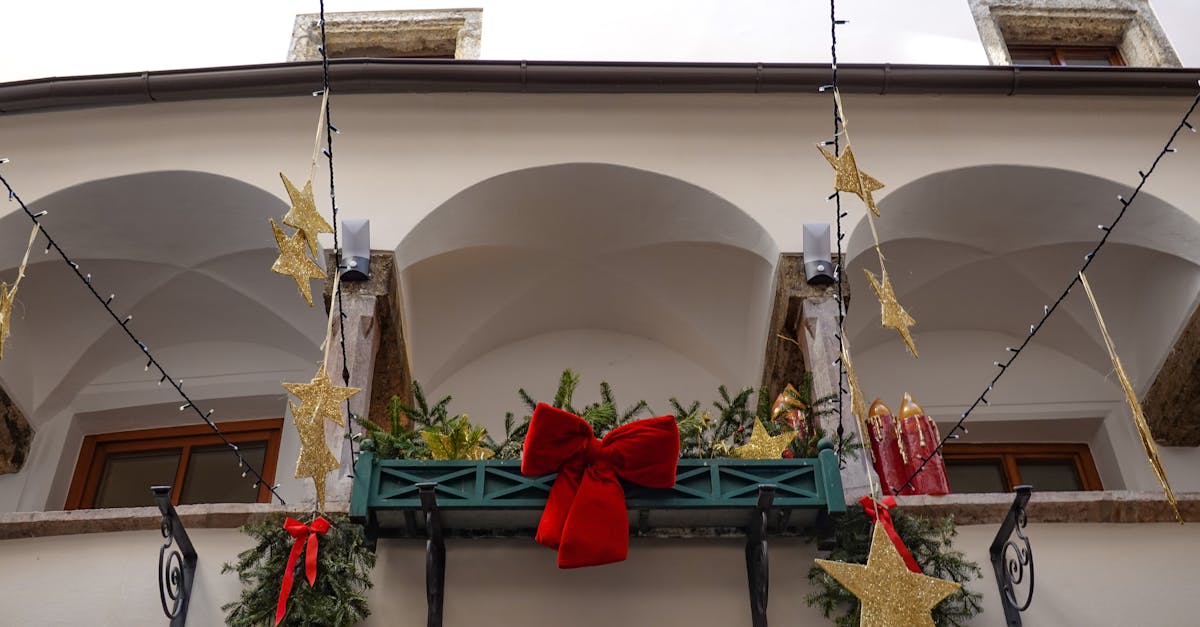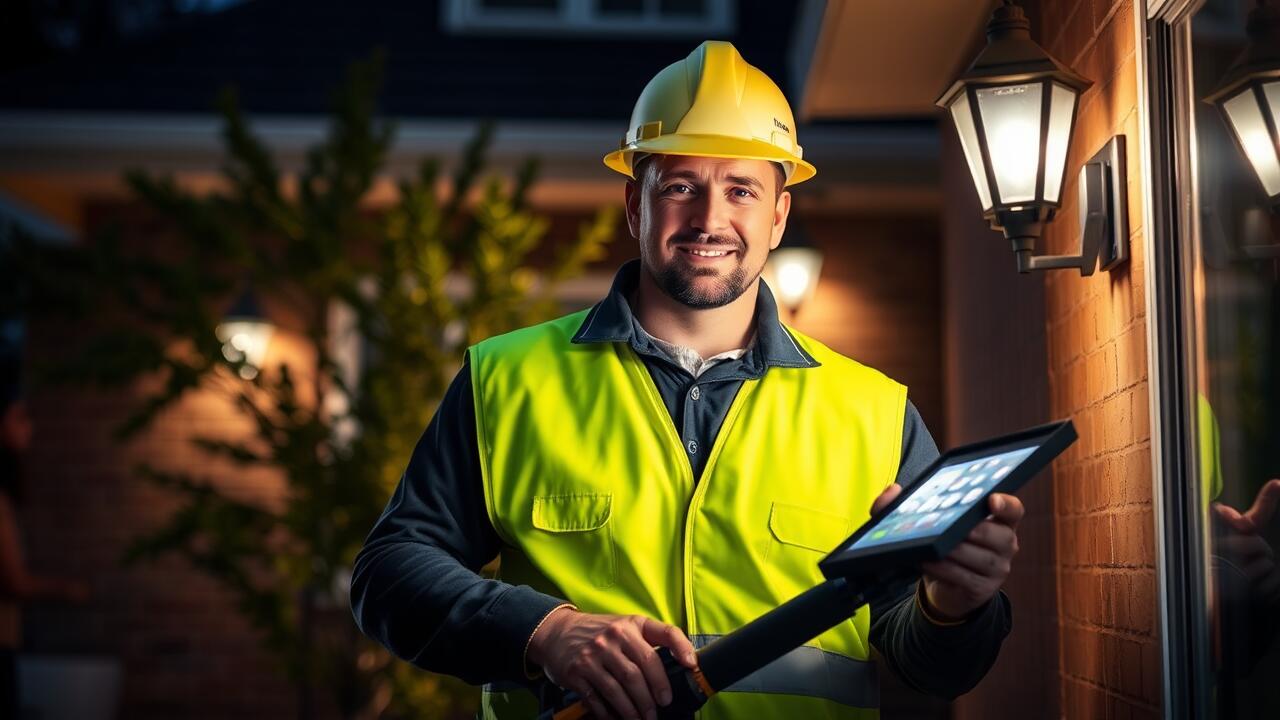
Table Of Contents
Benefits of Using Solar Lights in Wet Climates
Solar lights offer numerous benefits in wet climates, making them an excellent choice for outdoor lighting. Their design typically includes weatherproof features that help them withstand rain and moisture. Many models utilize durable materials, ensuring longevity despite exposure to the elements. This resilience means homeowners can enjoy consistent outdoor illumination without the constant worry of damage from rain.
Additionally, solar lights harness energy from the sun, which is abundant even in overcast or rainy conditions. They rely on solar panels that can charge during cloudy days, allowing them to function effectively without the need for direct sunlight. This energy independence not only reduces electricity costs but also ensures that outdoor lighting remains operational year-round, even in less favorable weather.
Advantages of Going Solar Despite Rain
Solar lights offer notable advantages even in rainy conditions. They provide a sustainable energy source, converting sunlight into electricity, which remains effective regardless of weather. While overcast days may decrease efficiency, solar lights still draw energy, ensuring outdoor lighting remains functional. This reliability makes them a favorable choice for homeowners seeking environmentally friendly alternatives.
Rain not only enhances the aesthetics of a garden but also aligns well with solar technology. Improved moisture can support vegetation, creating a vibrant backdrop for outdoor lighting. Many modern solar lights are designed with durability in mind, featuring water-resistant enclosures. This resilience allows them to thrive in varying weather conditions, ensuring that outdoor spaces maintain illumination and appeal regardless of the forecast.
How to Protect Solar Lights from Severe Weather
Protecting solar lights from severe weather is essential to ensure their longevity and optimal performance. When strong winds or heavy rains are forecasted, repositioning the outdoor lighting can prevent damage. Placing solar lights near walls or under eaves can shield them from direct exposure. Additionally, ensuring that all connections are securely fastened reduces the risk of water infiltration that can lead to malfunction.
Investing in quality outdoor lighting designed for durability is another strategic measure. Look for models made with waterproof materials and reinforced connections. Some solar lights come with weatherproof ratings, indicating their ability to withstand harsh conditions. Regular maintenance, such as clearing debris from solar panels and checking for signs of wear, also extends the lifespan of your outdoor lighting.
Effective Strategies for Shielding Solar Lights
To improve the durability of solar lights in wet conditions, consider using protective casings or covers specifically designed for outdoor lighting. These can help deflect rain and moisture, minimizing potential damage. Additionally, positioning solar lights under eaves, awnings, or other overhangs can provide a natural barrier against the elements without compromising their effectiveness.
Regular maintenance also plays a key role in prolonging the lifespan of outdoor lighting. Ensure that the solar panels are clean and unobstructed to maximize sunlight absorption. Checking and sealing any exposed wiring can help prevent water intrusion, further protecting the lights from moisture-related issues. With these strategies, you can enjoy reliable outdoor lighting even during rainy seasons.
Choosing Quality Solar Lights for All Weather
Selecting quality solar lights that can withstand various weather conditions is essential for any outdoor lighting project. Look for models designed with durable materials that resist rust and corrosion. Many reputable brands use high-grade plastics or aluminum casings that protect internal components from moisture damage. Ensuring that the solar panels are also covered by toughened glass enhances their longevity, particularly in rainy environments.
When shopping for solar lights, consider options rated for water resistance. Check for an IP (Ingress Protection) rating, with higher ratings indicating better protection against water and dust. Solar lights labeled as waterproof or weatherproof are more reliable for outdoor lighting applications in wet climates. Investing in products with robust warranties can offer additional peace of mind, signifying the manufacturer’s confidence in their products' durability.
Features to Look for in Rainproof Solar Models
When selecting rainproof solar models, look for lights labeled with an appropriate IP (Ingress Protection) rating. An IP rating indicates the light's protection against dust and moisture. For outdoor lighting, an IP65 rating or higher is ideal, offering resistance against water jets and dust ingress. Such ratings ensure that the fixtures can endure rain, sleet, and other wet conditions without suffering damage.
Another essential feature to consider is the durability of materials used in the construction of the solar lights. Models made from high-quality stainless steel or reinforced plastic tend to perform better in adverse weather situations. Additionally, consider solar lights with sealed battery compartments to prevent water from corroding the batteries, enhancing the longevity of outdoor lighting. Investing in these features not only improves performance but also provides peace of mind that the lights will function well throughout varying weather conditions.
FAQS
Can solar lights be left outside during rainy weather?
Yes, most solar lights are designed to withstand rainy conditions; however, it’s important to choose models that are specifically rated for outdoor use to ensure durability.
What should I do if my solar lights get wet?
If your solar lights get wet, simply allow them to dry thoroughly. Ensure that any removable parts are taken off and dried separately to prevent water accumulation.
Are there specific features I should look for in solar lights for wet climates?
Look for solar lights with an IP rating of at least IP65, as this indicates they are water-resistant. Additionally, choose models made from durable materials that can withstand moisture.
How can I protect my solar lights from severe weather?
To protect your solar lights, consider placing them in sheltered areas, using protective covers during storms, or bringing them indoors during extreme weather events.
Do solar lights need to be taken inside during heavy rain or storms?
It's not typically necessary to take solar lights inside during rain, but for heavy storms or extreme weather forecasts, it’s a good idea to bring them indoors to prevent damage.



